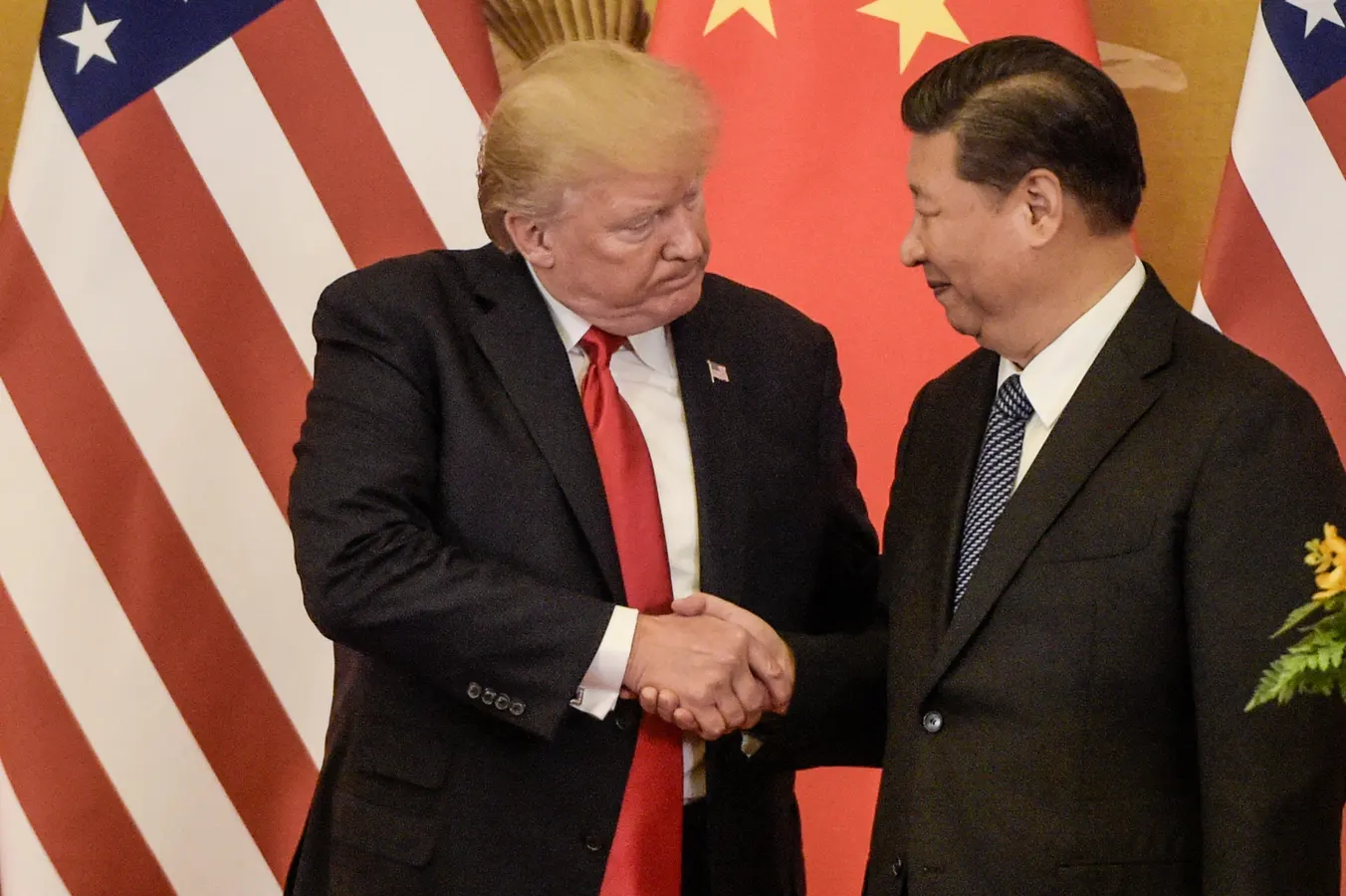Copyright scmp

If the US hopes to rebuild a competitive shipbuilding industry and narrow China’s commanding lead, it should adopt some lessons from Beijing – emphasising long-term planning, steady government funding and policy consistency, witnesses told a US Senate hearing this week. China’s phenomenal rise in the global shipbuilding sector has caught the attention of Washington’s policymakers who are keen to restore the nation’s commercial fleet and production capacity, leading many to blame China for “unfair” trade practices amid fear of global dominance. “One of the things we’ve always advocated for was just a simple thing: having a national maritime strategy,” testified Matt Paxton, president of the Shipbuilders Council of America. “We have these things for defence. We have them for other transport modes. We don’t have it for the maritime industry.” “And China did their five-year plans and grew,” Paxton, whose council represents 175 companies across the nation, told the US Senate Committee on Commerce, Science and Transportation. “They played a long game.” While the shipbuilders council clearly has a vested interest, the US reflection arrives at a time when shipbuilding has become a core issue at the negotiation table. Washington slapped a port fee on China-flagged and China-built vessels from mid-October, prompting Beijing to respond with a “reciprocal” charge. Chinese authorities have vowed to further consolidate their dominance, with broad implications for global supply chains. Hours before the Senate hearing, Chinese leaders released key points of their next five-year plan, including vows to elevate economic growth, enhance tech self-reliance and empower key industries, such as an upgrade of traditional and future industries and advanced manufacturing. As part of that, Beijing’s policymakers aim to consolidate China’s global shipbuilding position and bolster international competitiveness. And in line with rising trade tensions, they committed to developing a “diversified and resilient” international transport channel system. US President Donald Trump signed an executive order in early April, vowing to revitalise American shipbuilding. Since then, more deals have been signed with South Korea and Japan, and a maritime action plan is set for release in the coming days including more details on government support. The US Congress is also discussing the Ships for America Act, expected to outline financial incentives for US shipbuilding and a goal of boosting the US-flagged international fleet by 250 ships in a decade, up from around 90 vessels currently. At a hearing on Tuesday, Salvatore Mercogliano, a professor at Campbell University, cited China’s industrial consolidation, vertical integration, huge financial input and industrial development strategy. “Obviously, China has the ability to [employ] low-cost labour. And a lot of money is freely available to them, not a lot of overhead,” he testified at the hearing, titled “Sea Change: Reviving Commercial Shipbuilding”. China has poured some US$132 billion into the industry, including direct and indirect subsidies, between 2010 and 2018, Mercogliano said, exponentially more than Washington’s US$77 million funding from Title 11 grants during the same period. “It’s a very coherent programme put out by the Chinese,” Mercogliano added. In 2024, Chinese shipyards completed 53 per cent of the global commercial shipbuilding in compensated gross tonnage, a measure that takes into account the complexity of a vessel’s construction. This compared to a 28 per cent share for South Korea and 12 per cent for Japan, according to Clarkson data. The US shipyard accounted for less than 1 per cent of global output. This marks a huge increase for China, whose market share was around 15 per cent two decades ago. Shipbuilding, essential for trade flows, has been dragged into Trump’s tariff war this year. After their fifth round of trade talks in Kuala Lumpur, Malaysia, last week, a US-China trade deal looks more likely when Chinese President Xi Jinping meets Trump on the sidelines of the Asia-Pacific Economic Cooperation summit later this week, although few expect a dramatic breakthrough.



